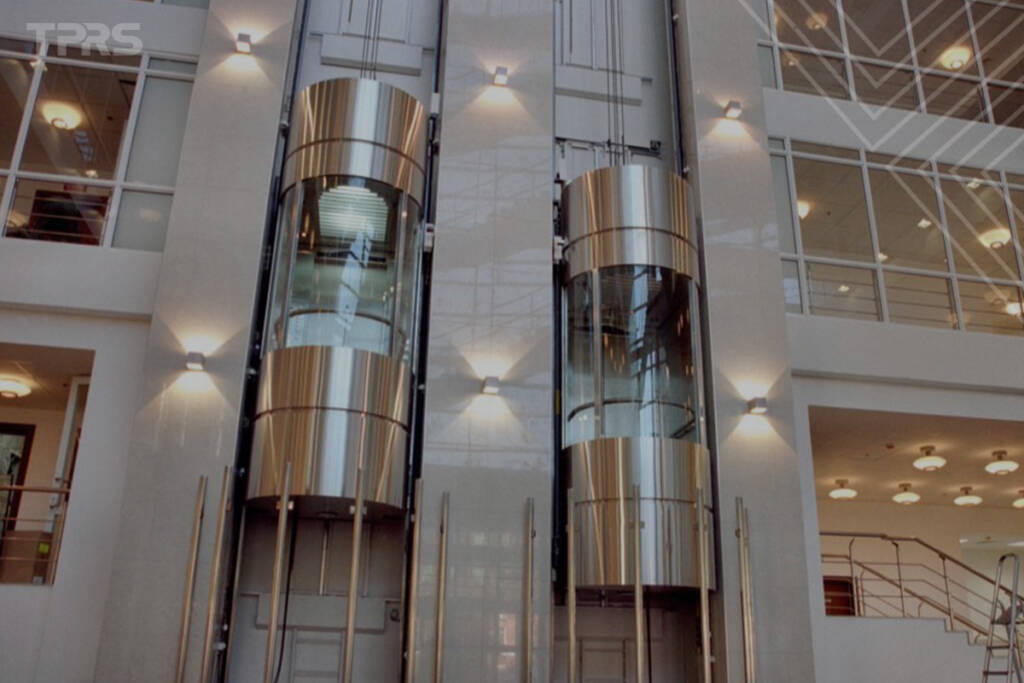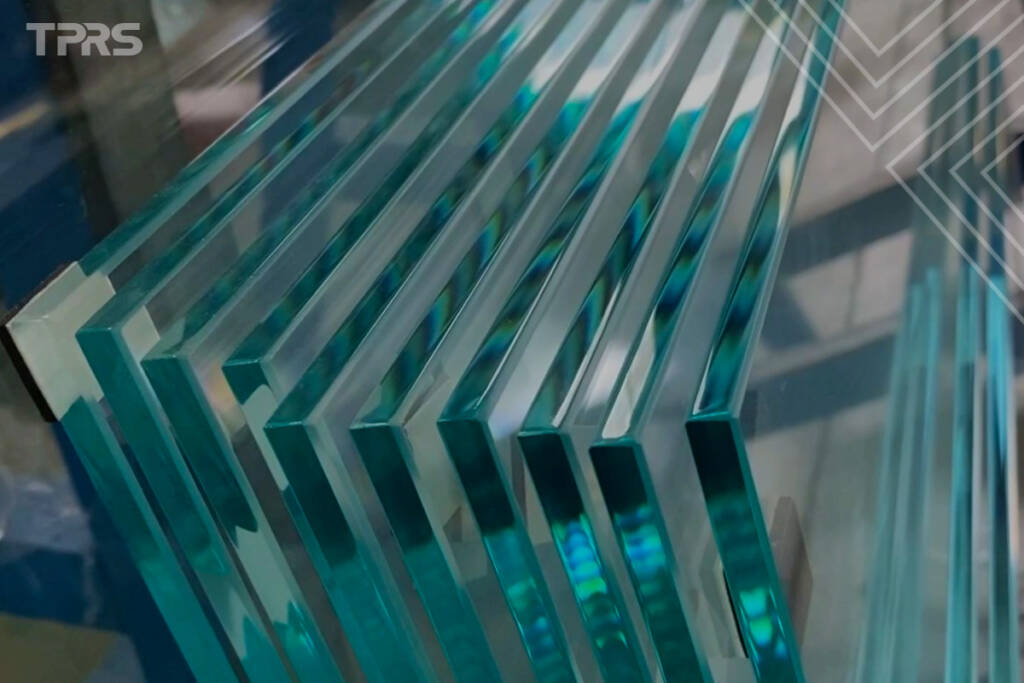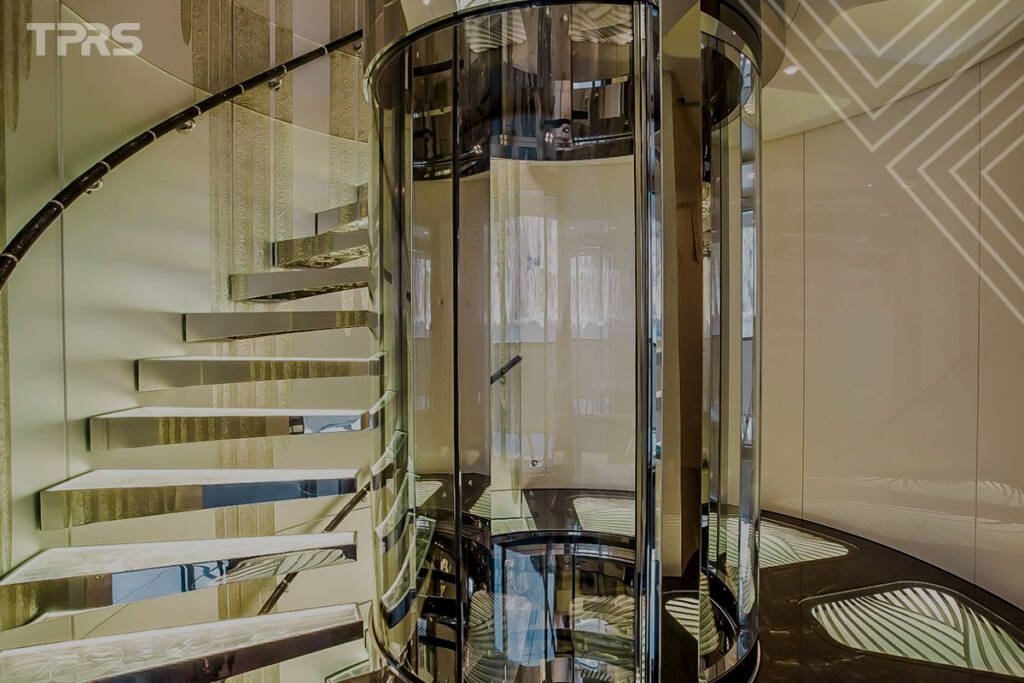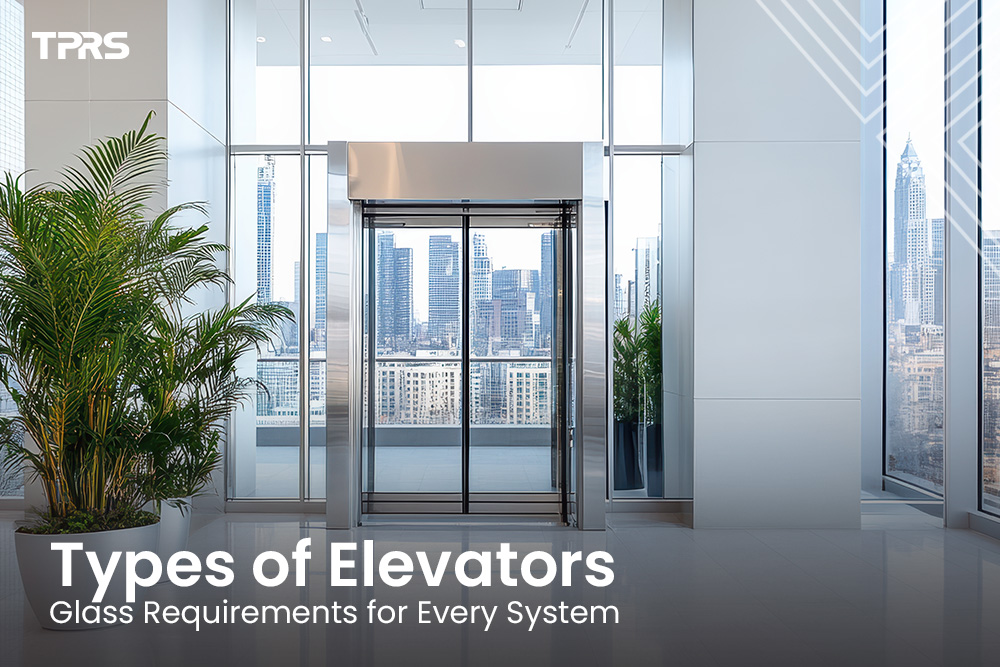Understanding Elevator Types & Their Glass Needs
Modern buildings use many types of elevators and each elevator category has unique cabin needs like speed, load, etc., which influence the choice of glass. Engineers will compare the types of elevators to determine which glass features windows, panel size, or thickness fit best for each. In practice, architects review the list of types of elevators in a design to decide on elements like window placement and wall glazing. For instance, hydraulic lifts often serve mid-rise buildings, whereas traction elevators are used in taller mid- to high-rise buildings. Each of these different types of elevators has its own safety rules and design goals, so the glass must be chosen accordingly.
Hydraulic Elevators: Specialized Glass Requirements

Hydraulic elevators are a common category of elevator for low- to mid-rise buildings. They use a piston-and-fluid system, which means the cab moves smoothly but at modest speeds. In these systems, designers can safely add glass accents without compromising performance. For residential or small-commercial hydraulic lifts, tempered laminated glass is common for cab walls and doors. Among all types of elevators, hydraulic models often balance light and openness with robustness: glass panels may be tinted or frosted, framed by metal to meet structural and safety codes. Manufacturers note that even home elevators use “high-grade tempered and laminated safety glass” so that if it breaks, shards stay stuck together.
Traction Elevators: High-Performance Glass Solutions

Traction elevators form another major category among types of elevators. They are used in medium- to high-rise buildings and travel way faster than hydraulics. Because of higher speeds and longer travel, any glass used in traction cabs or doors must withstand greater forces. In practice, traction elevator glass is almost always tempered and laminated for safety. As one guide notes, panoramic traction cabs use tempered glass up to 5× stronger than normal, laminated with polyvinyl butyral (PVB) so shards remain in place if cracked. In short, high-performance traction lifts use tempered laminated safety glass to handle the dynamic loads and meet code requirements.
Panoramic Elevators: Full Glass Design Excellence

Panoramic elevators, that is the fully glass-walled lifts often seen in malls, hotels, and observation towers, showcase how types of elevators can emphasize transparency. These lifts rely on large panels of tempered, laminated safety glass. In fact, TPRS highlights that its elevator glass offers excellent clarity and high strength for such open enclosures. Because panoramic cabs are exposed to weather and crowds, their glass often exceeds code specs, sometimes extra -clear, extra-thick laminate, to remain safe and visually clear. In short, panoramic lifts demand the highest-grade glazing so riders enjoy the view while standards are met.
Home Elevators: Residential Glass Safety Standards

Home elevators still have stringent glass requirements. These are another specialized set in different types of elevators, subject to strict safety codes. Standards require tempered laminated safety glass in all cabin panels and doors.Home lifts use high-grade tempered and laminated safety glass so that if broken, the shards remain blunt and bonded. In practice, designers of home elevators treat the cabin glass the same way they do commercial cabs while keeping the look open and bright. For a luxury home lift, large clear glass panels maximize light, but always within the code-mandated thickness and lamination..
Freight Elevators: Heavy-Duty Glass Specifications

Freight elevators illustrate a very different emphasis among types of elevators. These industrial lifts prioritize strength and capacity, so they typically use steel or other metals for the cab. Glass is almost never a main material in freight cabs. If any glass is used, it must be the toughest safety glass. For instance, a freight elevator parts catalog lists a tiny 4.5″×9.75″ tempered-glass vision panel for a freight door. In practice, designers often skip glass entirely in freight cabs or use just a tiny tempered panel; anything larger would be vulnerable under heavy cargo loads. In short, among the various types of elevators, freight units are the ones where glass is minimal or omitted, relying on metal construction for durability.
Hospital Elevators: Hygienic Glass Solutions

Hospital elevators have special hygiene requirements. These are medical-specific types of elevators where cleanliness is paramount. Glass surfaces are ideal here because glass is non-porous and very easy to sanitize. .
Glass Thickness Requirements by Elevator Type

Building codes set a minimum glazing thickness for any elevator cabin or door window. In reality, the exact thickness depends on the type of elevator. As a baseline, many passenger elevators use tempered laminated panels around 6–12 mm thick. Larger or higher-speed elevator cabs require thicker glass. In fact, codes may allow thinner glass in smaller home lifts than in busy public elevators; a small home lift might safely run with 6 mm panels, whereas a hotel elevator would require thicker glazing. In summary, each type of elevator uses glass thickness appropriate to its use: low-rise home lifts on the lower end, and high-capacity panoramic or fire-rated lifts on the higher end.
Custom Glass Manufacturing for Unique Applications

Some projects demand truly custom glass. Any of the types of elevators might call for special treatments or shapes. Glass fabricators offer many options: digital printing, back-painting, frosting, embedding materials, curved panels, etc.. For example, one can digitally print a full-color image or pattern onto a safety-glass panel, creating an artistic cabin wall. One can also sandwich fabrics, metal meshes, or even rice paper between glass sheets for a signature look. New technologies like switchable glass let a panel go from clear to opaque on demand. In short, any of the types of elevators from office lifts to museum displays can be customized with unique glass. If an architect wants logos, graphics or privacy control, the glass supplier can produce the precise specification needed.
TPRS Type-Specific Glass Product Range
TPRS offers specialized glass products to suit every elevator category:
- Signature Mesh/Fabric Glass: Decorative laminated glass that traps textile or metal mesh layers between panes. This gives unique patterns and textures on elevator walls.
- Printed Laminated Glass: Laminated safety glass with high-definition graphics or ceramic frit prints fused into the interlayer. Designers can match elevator interiors to branding or artwork.
- PVB Laminated Glass: Standard multi-sheet glass bonded with polyvinyl butyral interlayers. This is the common safety glass used in most elevator doors and walls: if it breaks, the fragments stick to the PVB, holding the panel together and preventing shards from falling.
- Laminated (Fire-Rated) Glass: Fire-resistant laminated glass tested and certified for elevator lobbies and shafts. Such glazing can endure heat and flames for a specified period to maintain integrity. TPRS’s fire-rated panels allow an elevator to remain intact during a fire evacuation, meeting code requirements.
- Step-Laminated Glass: Extra-strong, multi-layer laminated glass. These panels are designed to fit securely into the frame while allowing seamless alignment with adjoining panels. They are ideal for openings and ensure a smooth, integrated appearance.
- Switchable Glass: Electrically switchable privacy glass. With a flick of a switch, it can change from clear to frosted. This allows an elevator cab or lobby window to be transparent or opaque on demand, useful in office buildings or VIP elevators.
Each of these products is engineered for elevator use. In fact, TPRS can fit any of the types of elevators with the right glass solution, no matter the application or style. The company’s portfolio covers everything from decorative to fire-rated laminates and smart glass, ensuring that each elevator category has a matching high-quality glazing option.





